Ancient news stories

For decades, scientists thought that being more carnivorous set our ancestors along their evolutionary path. New evidence casts doubt on this theory.
Image from Venison Steaks (Wiki Commons)
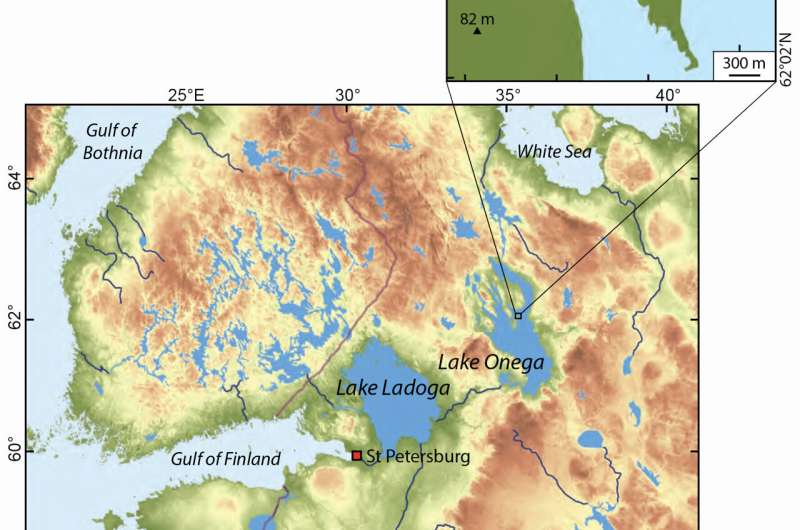
New insight into how our early ancestors dealt with major shifts in climate is revealed in research, published today in Nature Ecology & Evolution, by an international team, led by Professor Rick Schulting from Oxford University’s School of Archaeology.
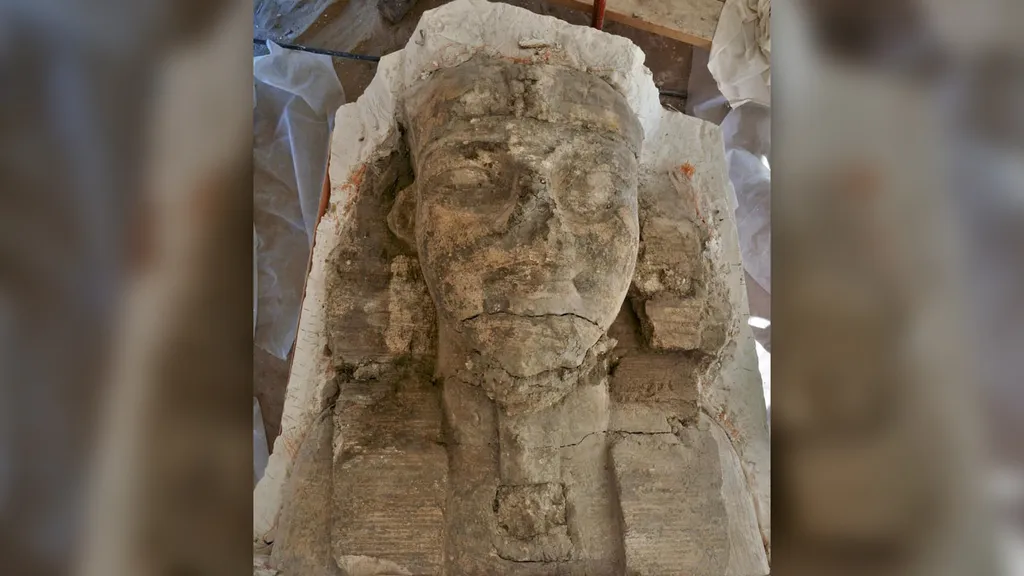
Archaeologists in Egypt have discovered two colossal limestone statues of King Amenhotep III that are fashioned to look like sphinxes, according to the Egyptian Ministry of Tourism and Antiquities.

Fresh analysis of craters on Mars suggests that asteroids have been smashing into the surface at a consistent rate for at least 600 million years.
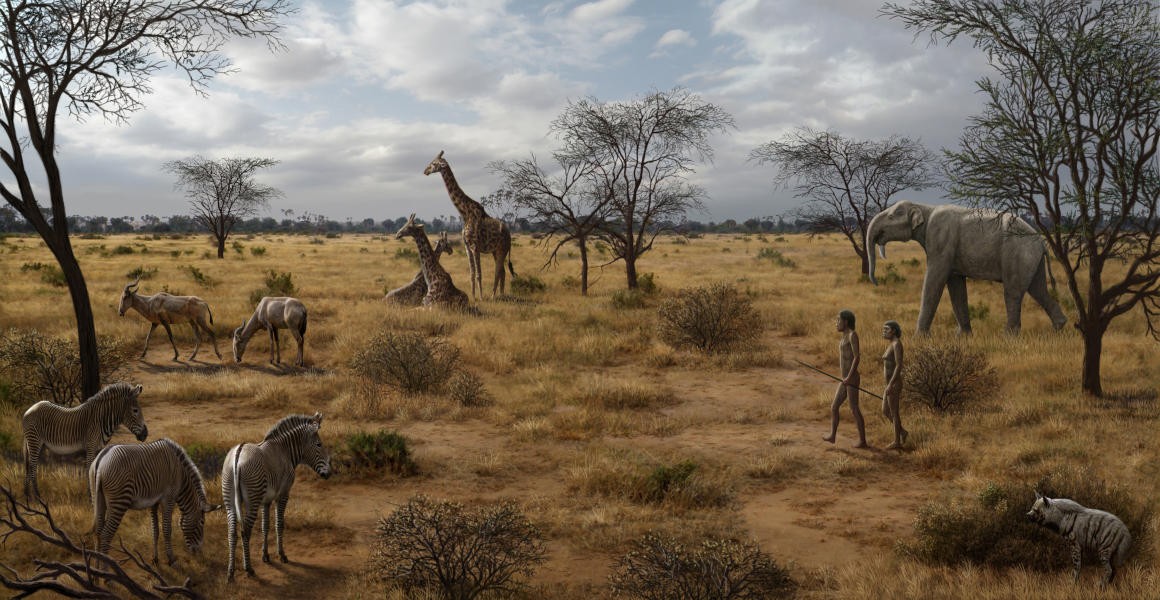
A new analysis has looked at multiple sites which show evidence of early humans and found something surprising. It suggests that findings of increasing carnivory over time in Homo erectus are just a quirk of sampling.
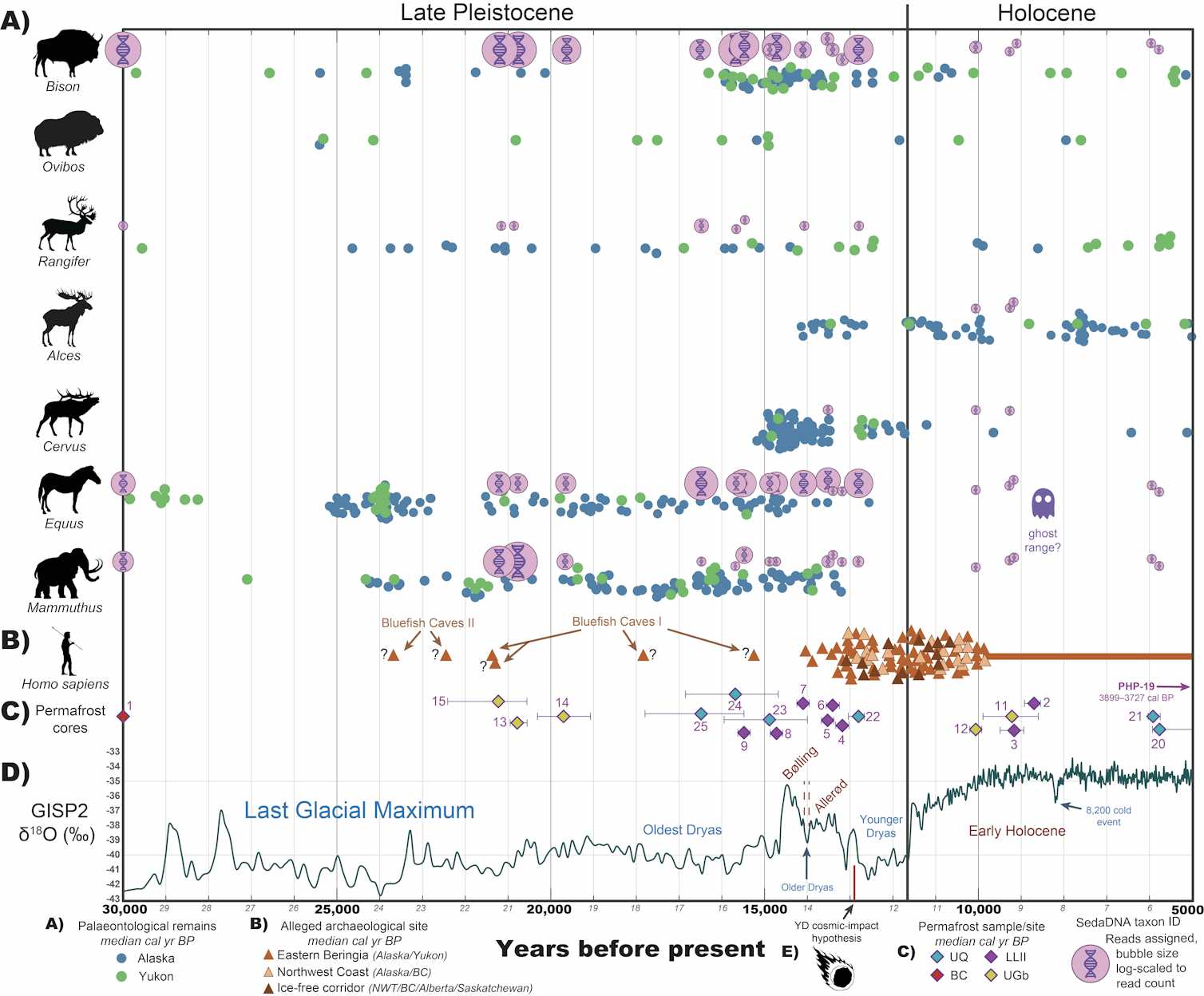
In 2010, small cores of permafrost sediments were collected by a team at the University of Alberta from gold mines in the Klondike region of central Yukon.
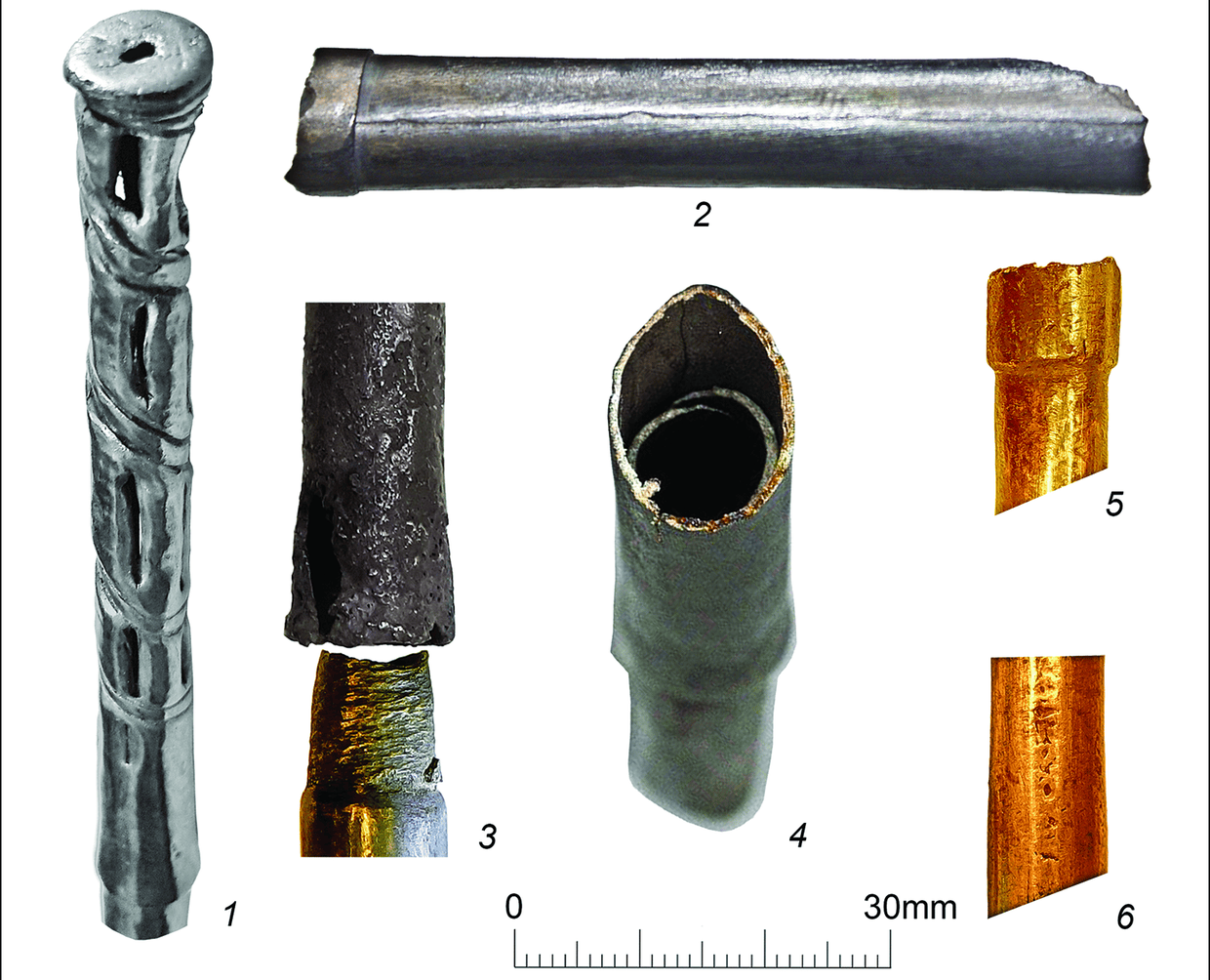
A set of ancient gold and silver tubes dating to about 5,500 years ago and unearthed in North Caucasus in Russia could be the world’s oldest surviving drinking straws, experts have claimed.

The question of how life first sparked into existence on our planet is one we haven’t yet fully answered, but science is getting closer all the time – and a new study identifies the structures of the proteins that may well have made it happen
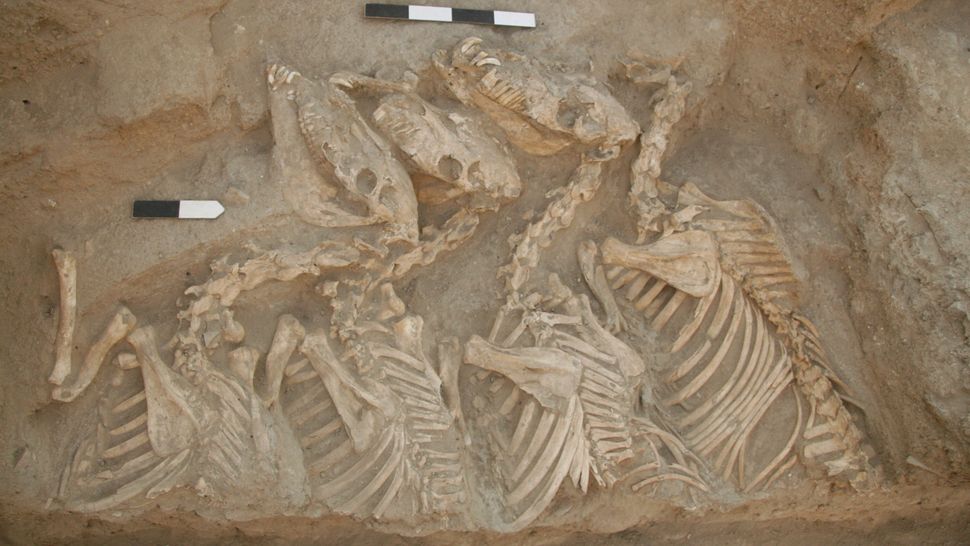
Mesopotamians were using hybrids of domesticated donkeys and wild asses to pull their war wagons 4,500 years ago — at least 500 years before horses were bred for the purpose, a new study reveals
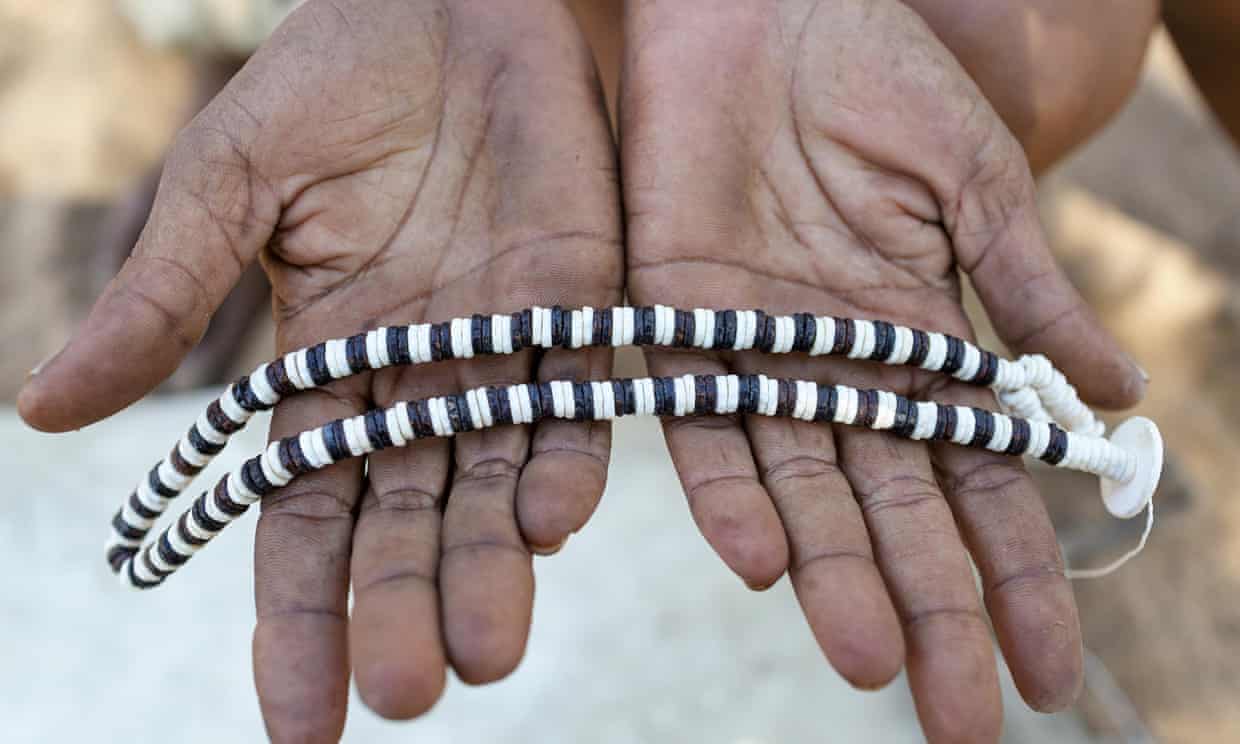
Scientists have uncovered the world’s oldest social network, a web of connections that flourished 50,000 years ago and stretched for thousands of miles across Africa.
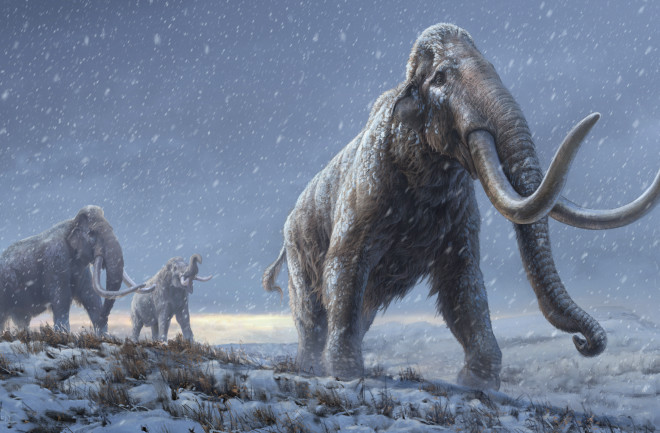
A decades-old Siberian tooth sample has revealed a previously unknown mammoth lineage, along with a potential ancestor’s unexpected adaptations.
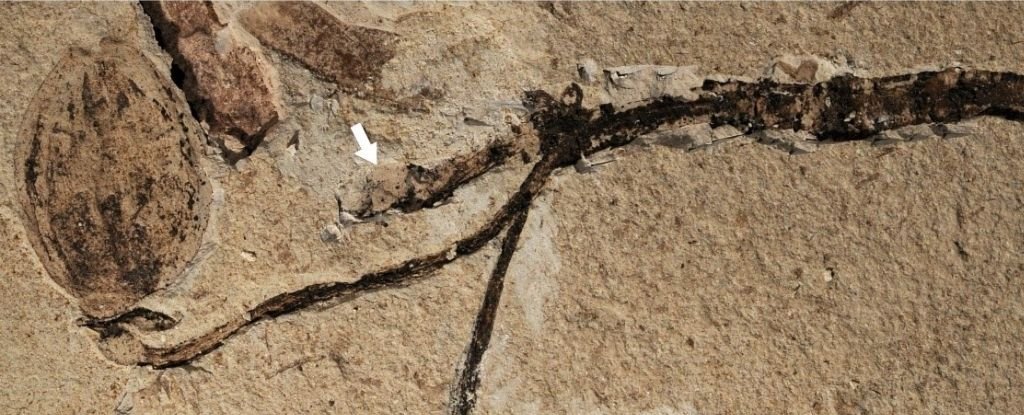
Scientists in China say they have found the oldest flower bud in the fossil record, finally aligning the fossil evidence with the genetic data suggesting flowering plants, or angiosperms, evolved tens of millions of years earlier than we initially thought.
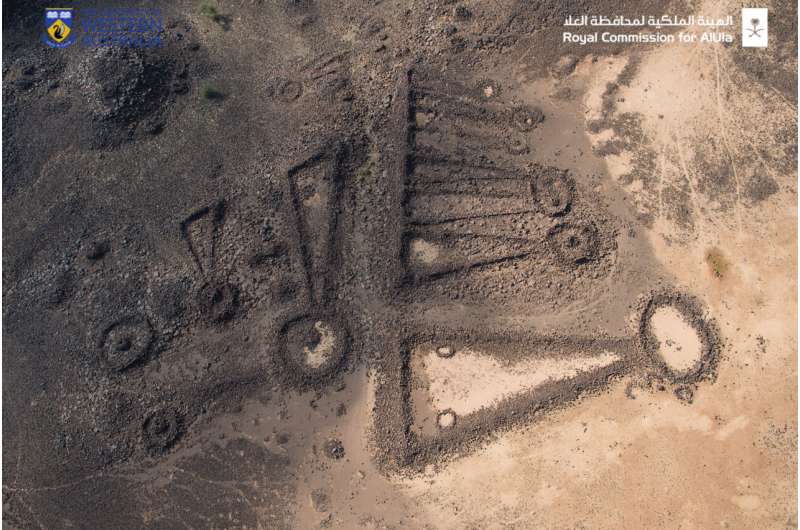
Archeologists from The University of Western Australia have discovered people who lived in north-west Arabia in the Early to Middle Bronze Age built ‘funerary avenues’—long-distance corridors linking oases and pastures, bordered by thousands of elaborate burial monuments.

New analysis based on ash from volcanic cataclysm dates an early human found at Omo, Ethiopia, to 233,000 years, supporting the ‘early evolution’ theory for Homo sapiens
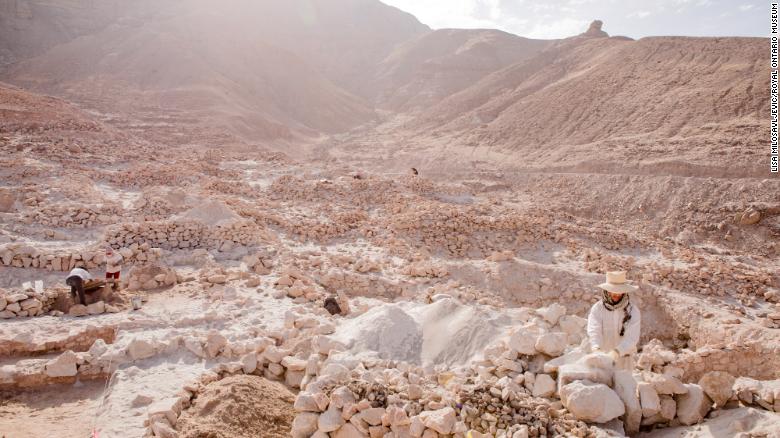
Beer laced with hallucinogenic drugs derived from plant seeds may have helped leaders of a South American culture maintain their political control for hundreds of years, according to new research.
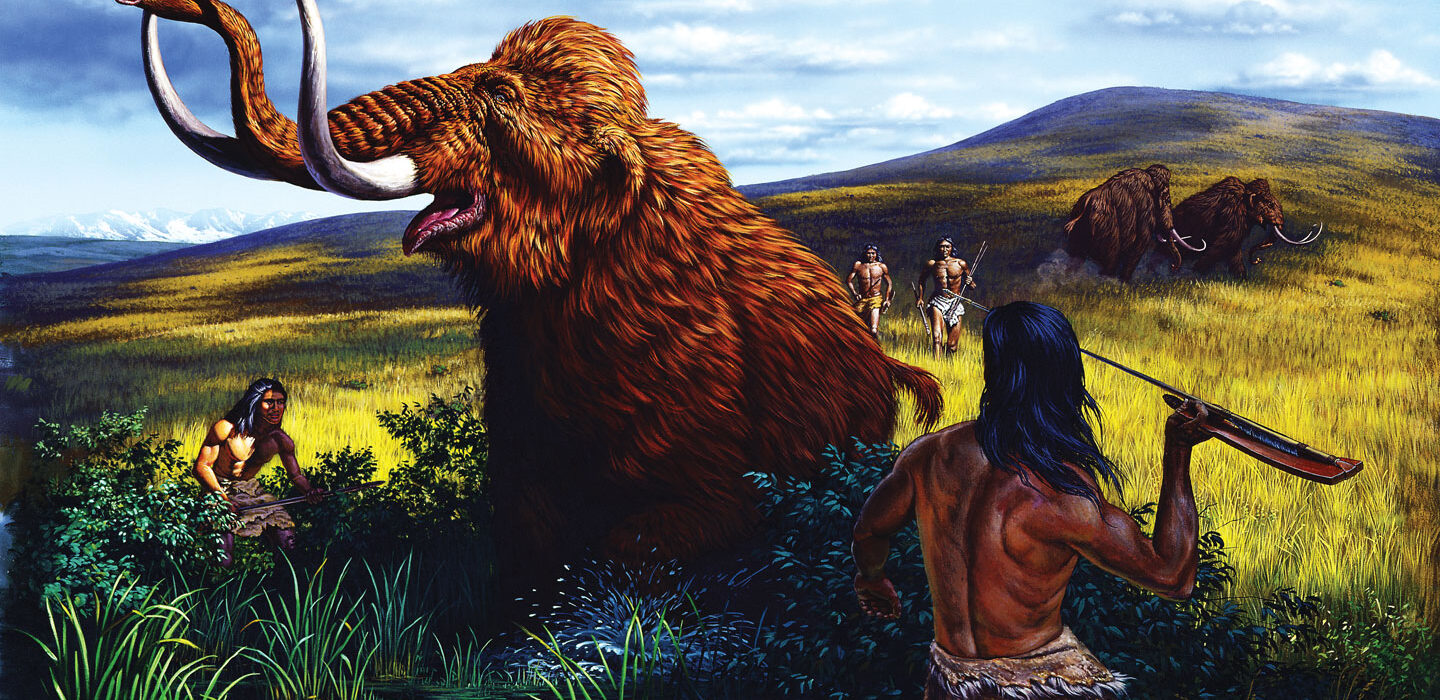
Tests of stone points show that early Americans may have been better scavengers than hunters of the giant beasts.








